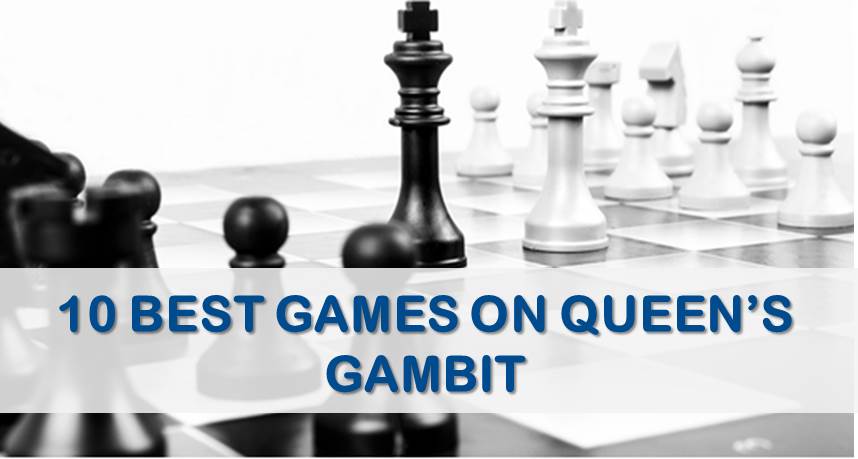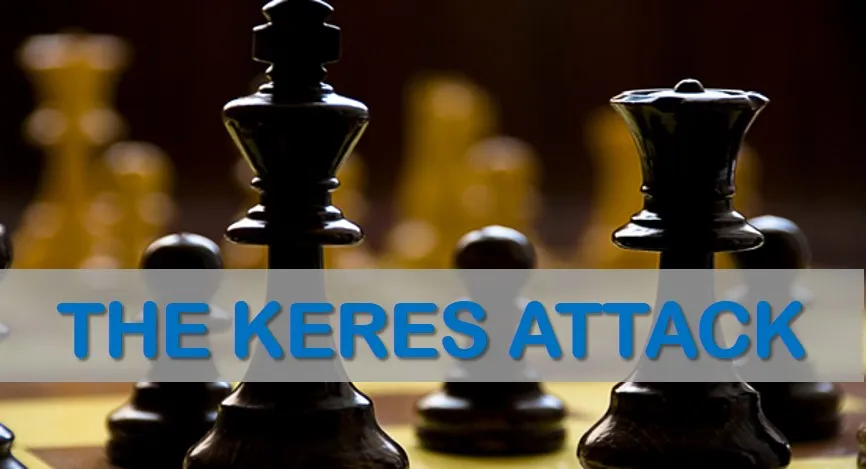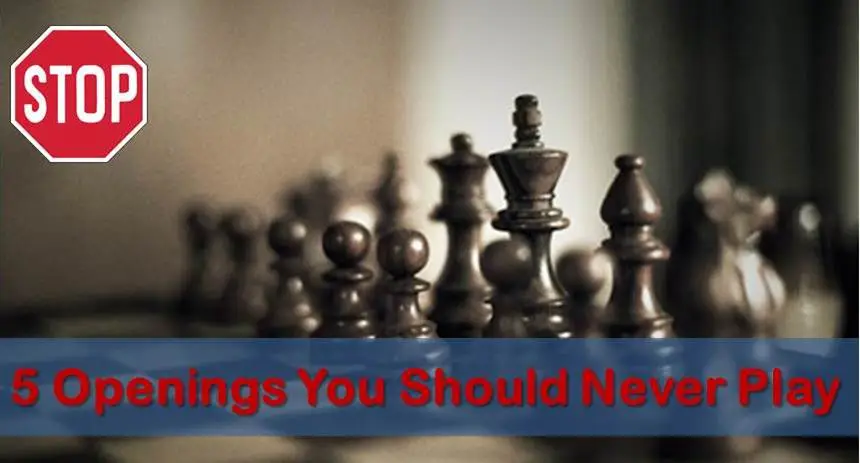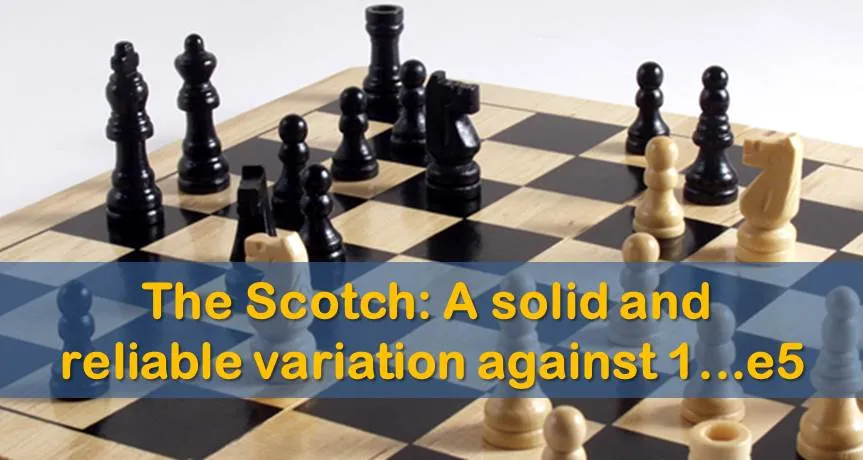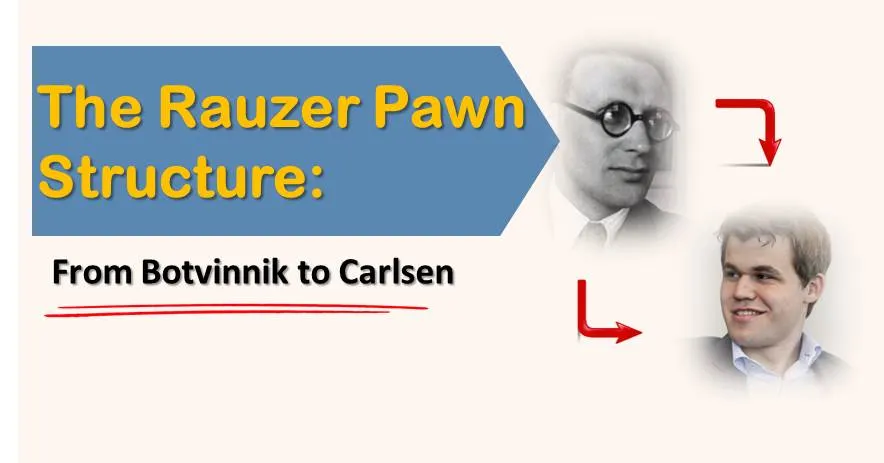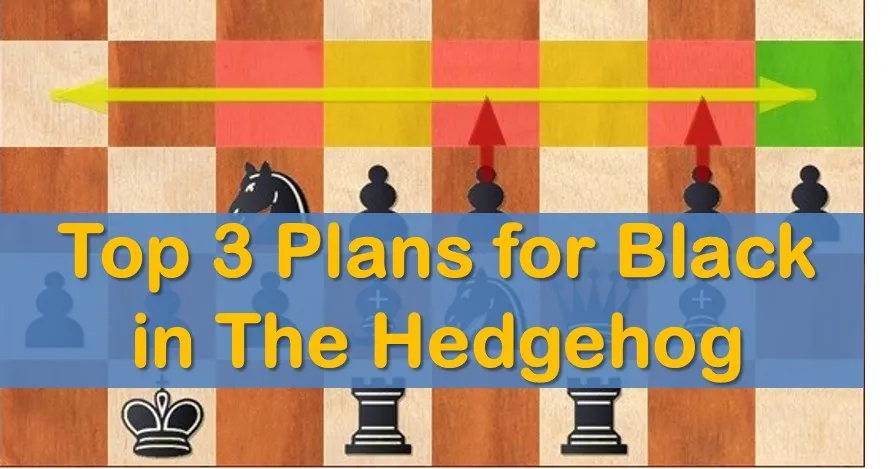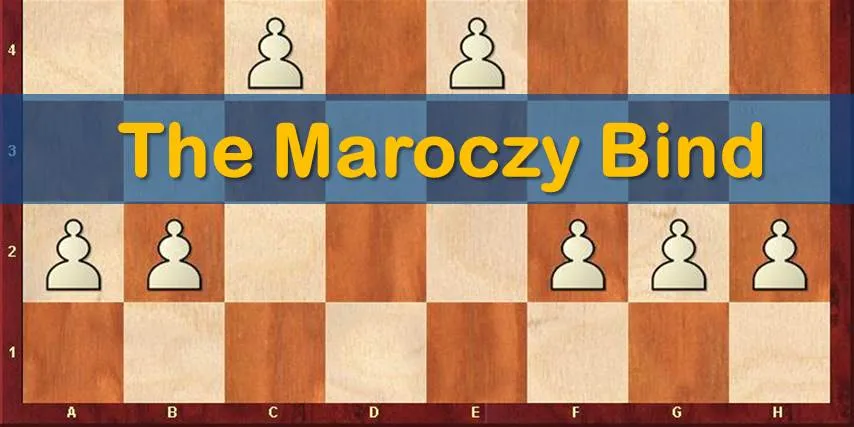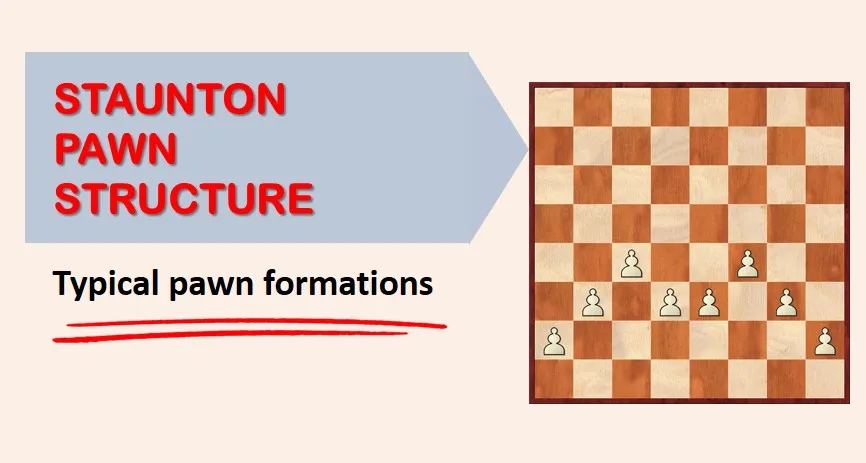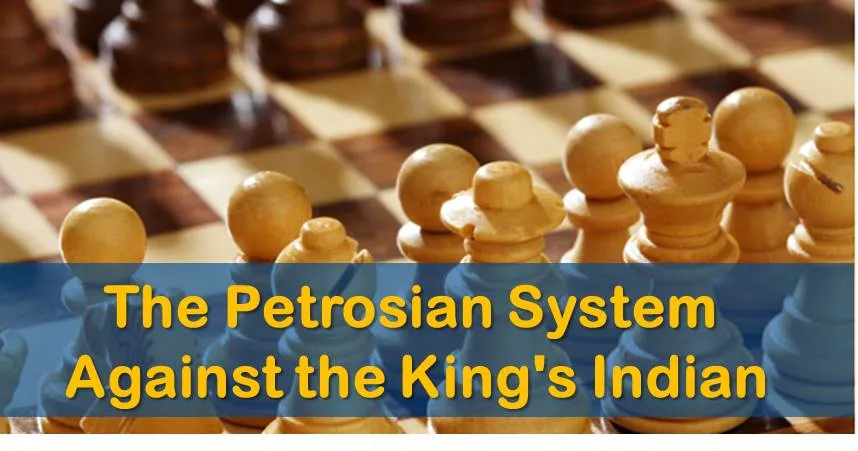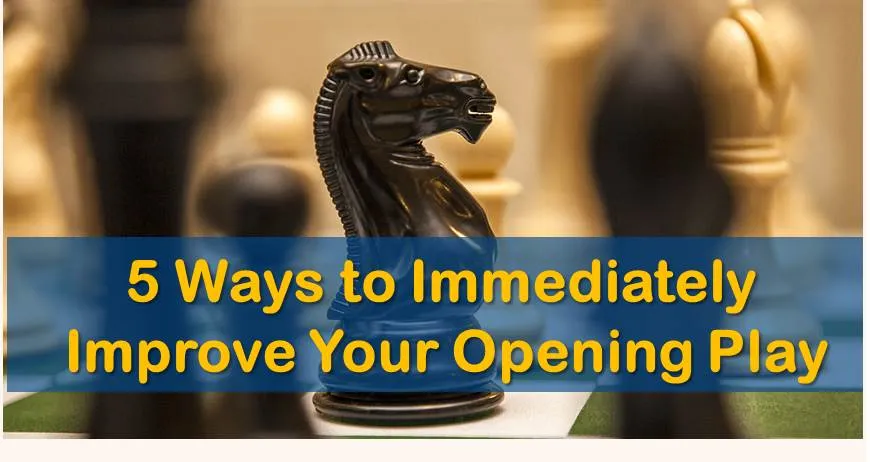Openings
Queen’s Gambit is one of the most popular openings on all levels from amateurs to Grandmasters. That’s why it is extremely important to know the key ideas of these very important openings. In today’s article, you can go over some of the best games played on different variations of this opening and learn some of […]
Keres Attack against the Scheveningen variation of the Sicilian is a well-known name among chess aficionados all over the world. However, knowing the origin, the main ideas, and the players who developed this variation and converted it into the most dangerous weapon against the Scheveningen is another thing.
Chess Openings: Everyone wants to know what is the best opening out there that will increase the chances of winning the game. In today’s article, we will take a look at things from a little bit different angle. We will discuss the 5 absolutely worst openings that no player should ever play. If you play […]
The Scotch: Opening theory is like clothes fashion. People play whatever is played the most, what the leading experts play whether they have an original feeling for it or not, like following the latest trend dictated by a fashion supermodel.
Rauzer Pawn Structure: There is nothing we could say now that hasn’t been said before about the Sicilian Defense. It is one of the greatest options for black against 1.e4. It has been played by every world champion and was the favorite of the greatest geniuses like Fischer, Tal, Kasparov, and many others. Studying the […]
Hedgehog: Recently we wrote an article where we discussed the main ideas for white in the different positions of the Maroczy Bind (Hedgehog, English, and Accelerated Dragon). In this article, we will see the main plans for black in the Hedgehog setup. Let’s start by explaining what the Hedgehog setup is and its characteristics.
Maroczy Bind refers to the pawn structure usually employed by white as a weapon against the Sicilian. Named after the Hungarian Grandmaster Gyza Maroczy, it has been considered for a long time as the most uncomfortable set-up against the Sicilian Defense.
Staunton Pawn Structure or the so-called Arab Pawn Structure can be found on the board very often in the English Opening. It is probably one of the most aesthetic pawn formations, with 4 pawns in the center accompanied by the knight pawns one square behind. With a little imagination, we can think of a castle […]
Petrosian System: When it comes to facing the King’s Indian, white has a wide range of possibilities to choose from. Deciding on one of them is not something easy to do. There are plenty of good choices and we want to play them all but who has time to study so much? It would be […]
Opening Play: Many players think that their opening preparation is the weakest piece of the chess chain. Regardless of whether that’s true or not it makes sense to work on all parts of the game. It is not wise to disregard any elements of chess and opening is no exception. Today we will talk about […]

